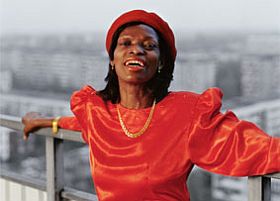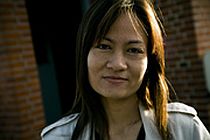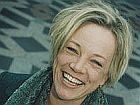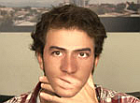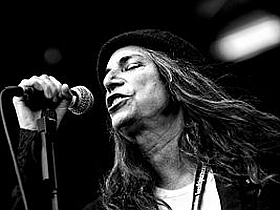


Ari Folman: Waltz with Bashir/CPH:DOX 10
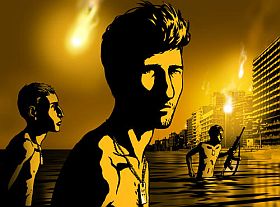
I have been thinking a lot – why does this film not involve me? Why do I stay in a careless mood? I had high expectations, I had read about it, seen the overall praise it has got and I know that audiences have queued to buy cinema tickets. And I see that the state of Israel wants the film to be the country’s Oscar award contribution!
Is it because it is an animation film based on real conversations between the director and his fellow soldier comrades from way back when they went to the Beirut hell that ended up in the massacre on civilians in Sabra and Shatila. A story about memories. That for some of them have turned into traumas.
It is all so well made, perfect craftmanship, it is beautiful to watch, it is packed with emotional music, full of effects, sometimes as an action film… and yet, or maybe therefore, I dont care about their stories. The superbly manufactured animation makes an emotional blockade until the last couple of minutes where the director leaves the animation and invites us to watch horrible archive images of the mothers and fathers, sisters and brothers and children in deep shock and screaming grief over a massacre observed and thus accepted by Sharon and his soldiers. I have seen these sequences before. This is the story about Sabra and Shatila.
http://waltzwithbashir.com/home.html
http://www.aarhusfilmfestival.dk/index.html
http://www.cphdox.dk/d1/front.lasso
